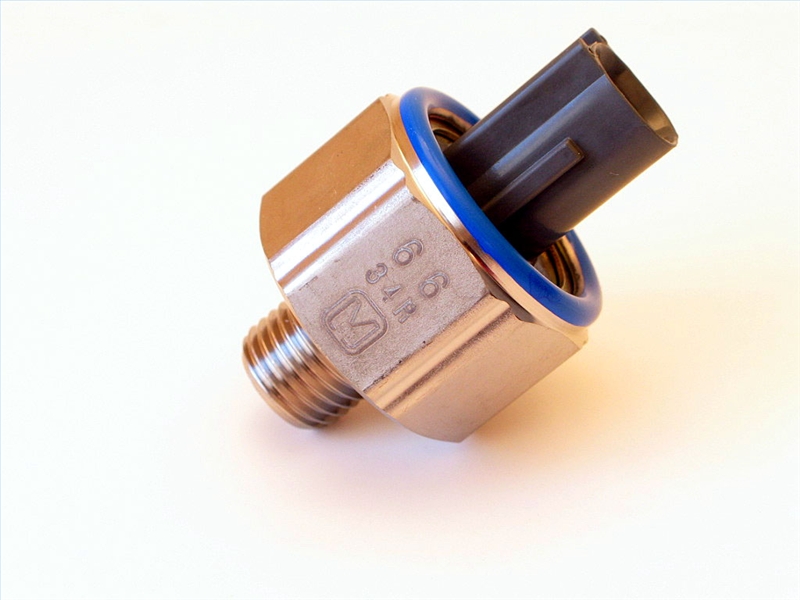
A knock sensor can be characterized as a tiny electronic microphone; it is put in place to listen for pre-ignition knocks and then regulate the timing by retarding it at two degree intervals. There are two types of pre-ignition; the first is when you get premature combustion in the cylinder before the piston reaches top dead center. This can be caused by dirty gas, low octane fuel, timing issues with the engine, and also by the wrong spark plugs. The second is engine run on, when the vehicle is turned off the engine still "rattles" as if it is on. The cause for this type of pre-ignition is a spark plug that is too hot or an improper plug for application. The knock sensor cannot help with this type of pre-ignition.
It detects the slightest noise in the engine and picks up on the "knock" of pre-ignition and sends the information to the ECM (Electronic Control Module). This 'ping' or 'knock' is caused when the mixture of air and gas does not burn smoothly or when it burns too soon. When the timing is off, this can also cause the knocking of the engine. The knock sensor is put in place to regulate these issues. This sensor is usually mounted on the block by a threaded edge that is screwed directly into the block of the engine and is connected to the ECM by wires. When the knocking or pinging is detected, the sensor sends a signal to the ECM, and this in turn retards the engine spark timing at two degree intervals until it has corrected the issue. The sensor's microphone is so sensitive it picks up the knocking when the human ear cannot detect it. It will hear the slightest ping even when the engine is at its top speed. Most vehicles are equipped with a knock sensor, although there are a few that aren't. All production turbo charged high performance vehicles come equipped with this knock sensor, because these engines are prone to pre-ignition issues.
If the knock sensor fails, depending on the model of the vehicle, this can seriously damage the engine, as continuous pre-ignition can cause fracture in the pistons.